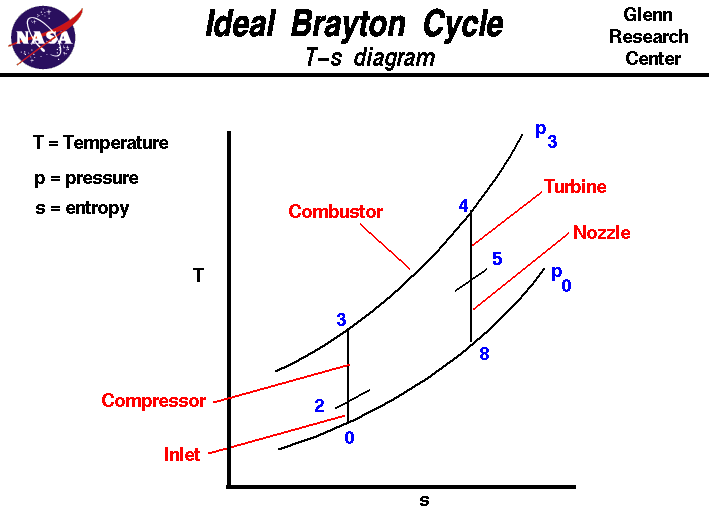dren wrote:Would hot stagnant air turn the turbine?
No, the energy quality would be too low. Remember the pressure difference is what drives the air. If the air is hot and stagnant that is telling you that the pressure gradient is to low. If the pressure before turbiner and after turbine are equal you wont get movement of air.
A turbine is mainly driven by pressure, and all this is tied to the specific gravity of the air, the internal energy, the temperature etc.
What i must say though is that any peak efficiency that we may be hearing out of the teams will be at one specific point, that wont be experienced on track.
I'll stick with an overall thermal efficiency of 39% if you consider storing the energy as useful as powering the flywheel, but an overall brake thermal efficiency of about 36%f if you look on the flywheel power itself.
Anywhere outside of that is some tailored in lab direct injection trickery, with disjointed manipulation of the different systems on the engine that won't be realized in race trim or race power.
40% is what i feel is acceptable, if we believe what they consider useful power includes storing energy. Being cognisant that definition of efficiency each team uses will vary and will have a say on what the % they state is.
For me that 40% is defined as ICE flywheel power + MGUK power + Flow of power to the ES.
The MGUK+ Flow of power to ES equal to MGUH unlimited draw from the turbo



